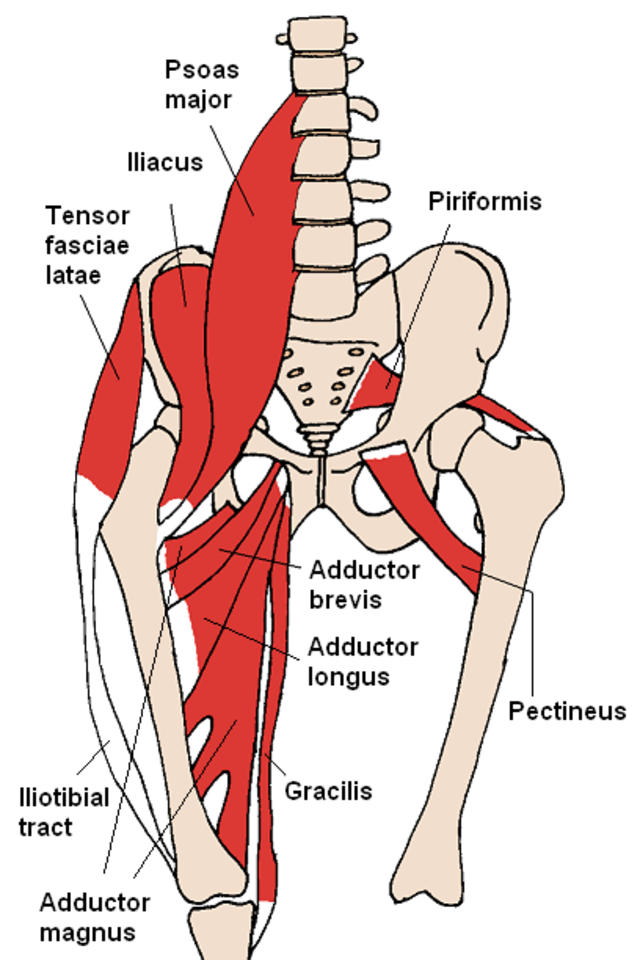Dana S
/Dana S. is a Ph.D. Candidate in Neurobiology at The University of Chicago studying autism and the cerebellum. She currently performs with the University Ballet of Chicago. Follow Dana on Twitter @dhsimmons1.
Neuroballerina
Pointe technique class at Ruth Page Center for the Arts, 2003. PC: Jody Simmons
I grew up training in ballet, beginning at the age of two. I credit my beginnings in ballet to my cousin Sue Gordon, the President of Algy, who gave me my first pink tutu. I have been told that I wore the tutu day and night for an entire week, which led my parents to sign me up for ballet classes. Over the years at the barre, I grew to marvel at the precision and strength required for ballet.
In high school, ballet became my mental break from the satisfyingly overwhelming barrage of AP courses. During the school year, I trained at Dancenter North, and during summers, I trained at the Ruth Page Center for the Arts, the Houston Ballet, and the Boston Ballet, which introduced me to the city of Boston and led me to attend college at Boston University.
Before applying to college, I visited ballet classes at each university to ensure that I could maintain my ballet training. Upon starting college, I kept up my training, but also had to figure out how dance would play a different role in my life. A large part of the reason I chose Boston University was that I very impressed with the high quality of instruction in their dance classes. Strong science programs are easy to find, but a good ballet class can be like a needle in a haystack.
Beauty Rose (Dewdrop) in “The Magic of The Nutcracker” at Dancenter North, 2006. PC: Studio West Photography
Though I danced approximately 30 hours per week in high school, I knew and semi-accepted that things would be different in college. I minored in dance at BU, and started to learn more about the theory behind modern dancing. Growing up as a “bunhead”, I was never a huge fan of modern dance. That all changed when I took insightful courses at BU that introduced me to the theory behind modern dance technique and broadened my mindset (Principles of Choreography, 20th Century Dance History). While at BU, I enjoyed performing with and choreographing for the modern-based Dance Theatre Group. I even incorporated some of the new modern techniques I had learned into my choreography.
At times, making my schedule in college was difficult. I always insisted on keeping ballet in my schedule, which was especially challenging since I double-majored in biology and Spanish literature. Not surprisingly, there’s no overlap in the required curriculum for biology, Spanish literature, and dance. My strategy was always to register for ballet (and other dance courses) first, and then to work all the other labs, lectures, and discussion sections around my dance schedule. Near the end of college, I decided to apply to graduate school for neuroscience – but only at universities that had ballet classes.
University Ballet of Chicago, Raymonda, 2014. PC: Varsha sundar
In graduate school, I entered a world where competing interests for my time started making it even more difficult to squeeze ballet into my schedule – but still not impossible. Balancing a Ph.D. program in neurobiology with life, not to mention ballet classes and rehearsals, is not always that easy. I am currently in a research program, which means that lab work has to come first in order to collect data, get everything analyzed, and eventually graduate. In between everything though, I joined the University Ballet at the University of Chicago (UBallet). I am very grateful that UBallet has a scheduling system, which helps them plan rehearsals specifically during times that each dancer is free, because otherwise I don’t know how I would fit it in. I work for about 10 hours per day in the lab, then sometimes go to ballet, then return to my apartment to eat dinner and often continue analyzing data. Eventually, I’ll be Dr. Dana – the dancing neuroscientist.
UBallet performs two full-length ballets each year. So far with UBallet, I have danced in Coppélia (Friends), Raymonda (Pizzicato variation, Hungarian variation, Grand pas Hongrois), Giselle (Zulma), and The Sleeping Beauty (Fairy of Vitality). For me, the easiest way to balance dance and grad school involves attending ballet classes later in the evenings and during weekends.
For me, it’s very important to continue dancing because a ballet class is one of the rare times I can focus all my attention on one single thing. Typically, my day is filled with experiments, techniques, analyses, meetings, and other things to plan or monitor. I thrive in the ordered urgency of a lab schedule and all the multitasking. That said, it can be restful, and almost meditative, to have your attention consumed fully by just one thing sometimes. For me, that state of completely focused attention happens almost only in a ballet class.
In rehearsal for Grand pas Hongrois, Raymonda, 2014. University Ballet of Chicago. PC: Ben MArcus
Interestingly, while ballet certainly relieves my energy and stress, it also gets me thinking about the neuroscience involved with movement. Ballet is a full-brain workout. In order to do ballet, you have to use multiple parts of your brain for steps that require balance, limb coordination, learning new movements, head tilting, jumping and sensing how high off the floor you are, remembering new choreography, placing your movements in time with music, orienting your body in the space of the dance room, and much more. Ballet might relieve certain parts of my brain, but it definitely makes the others work overtime.
I don’t yet know what capacity I’ll be dancing in after graduating. All I know at this point is that I definitely have to keep ballet in my life because it gives me a mental breather. Even as I get older, my jumps become less springy, and my grande pliés sometimes feel like I’m lifting a ton of bricks, I know without a doubt that I will always be a bunhead at heart.

















